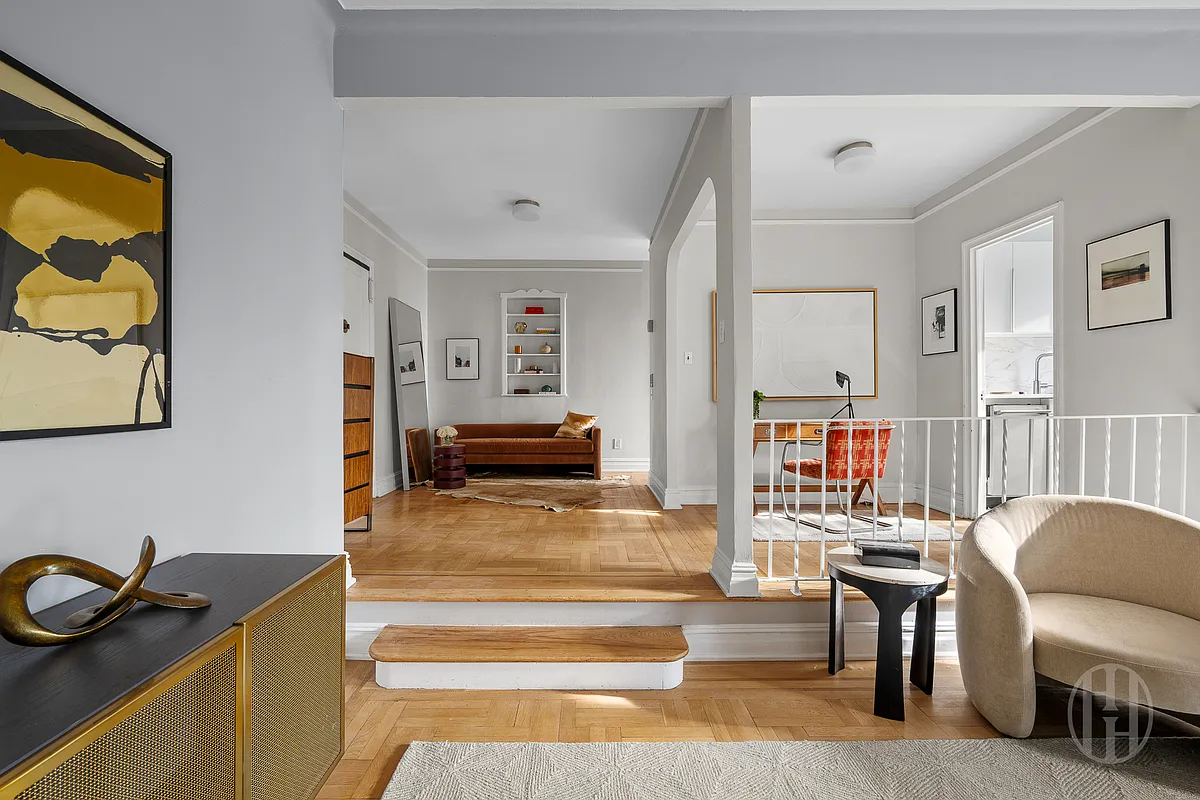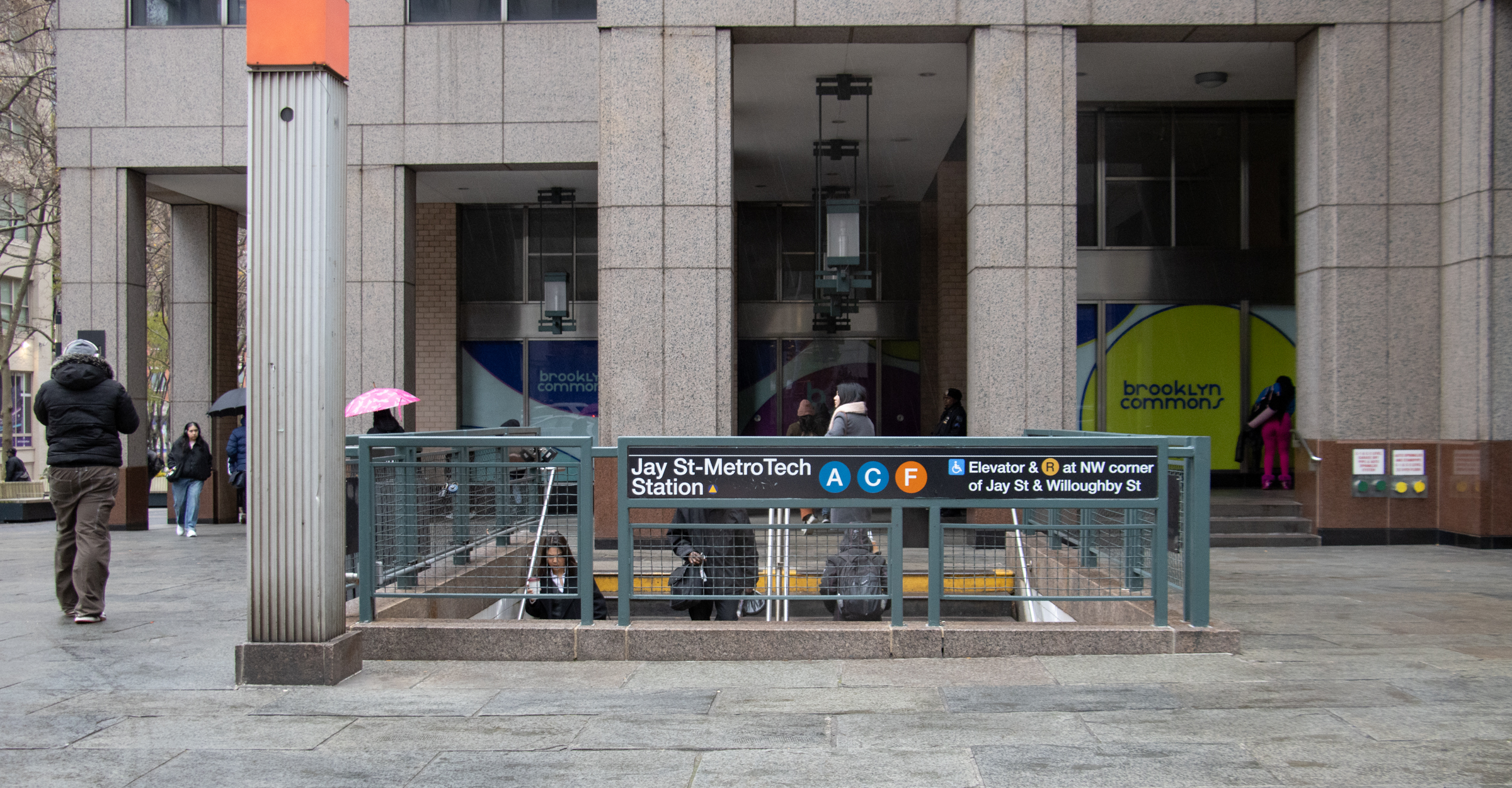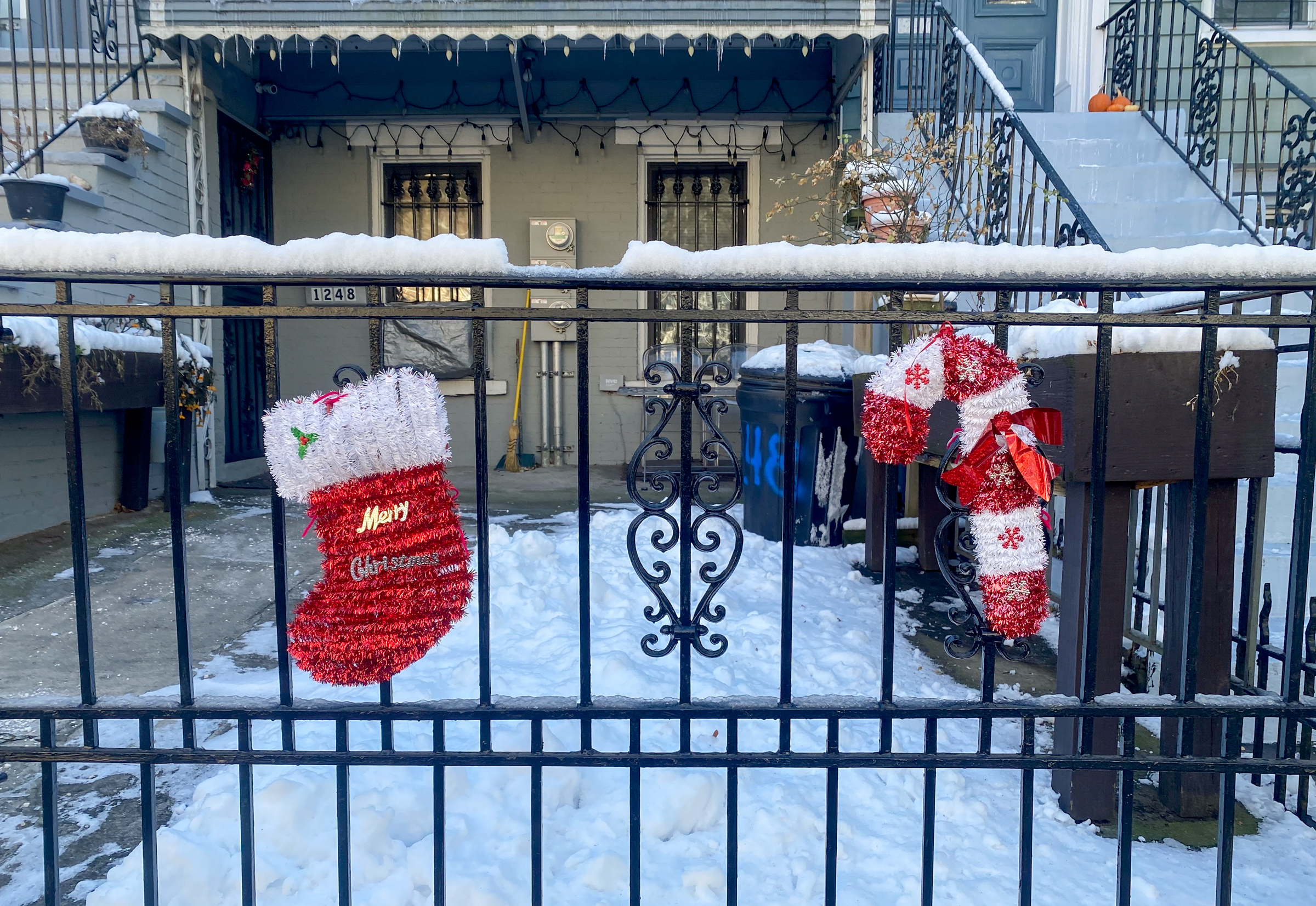Jeffries v. Broker on Neighborhood Names
Today The Brooklyn Paper ran an op-ed from Assemblyman Hakeem Jeffries about why he’s introducing a bill to formalize the process of naming neighborhoods as well as one from a Rapid Realty broker named Lanishia Goodwin about why she supports new neighborhood handles. From Jeffries’ piece: “The consequences of realtors providing misleading information are broad….

 Today The Brooklyn Paper ran an op-ed from Assemblyman Hakeem Jeffries about why he’s introducing a bill to formalize the process of naming neighborhoods as well as one from a Rapid Realty broker named Lanishia Goodwin about why she supports new neighborhood handles. From Jeffries’ piece: “The consequences of realtors providing misleading information are broad. Working families are pushed out of rebranded neighborhoods as housing prices soar. Newer residents pay more to rent or buy, largely as a result of the deceptive marketing. This is why I plan to introduce the Neighborhood Integrity Act. This bill will require the city to develop a community-oriented process before brokers can rebrand a neighborhood or redefine its boundaries simply for commercial purposes. These new names rarely result from community input and are often disconnected from a neighborhood’s history, culture or tradition.” Meanwhile, Goodwin has this to say, in part: “In Brooklyn, even familiar names are nicknames for other neighborhoods. Prospect Lefferts Gardens was borrowed from a group of buildings in the Prospect Heights neighborhood, What about Ocean Hill and Kensington? They’re really Flatbush. And what about Stuyvesant Heights? Most of the owners of the million-dollar real estate in this historical area grew up there won’t argue that it’s Bedford-Stuyvesant…Brooklyn as a whole has also become such prime real estate—there are so many people moving farther and farther into Clinton Hill, Bed-Stuy, Crown Heights, and Bushwick—that it can no longer defined by just prime neighborhoods.”
Today The Brooklyn Paper ran an op-ed from Assemblyman Hakeem Jeffries about why he’s introducing a bill to formalize the process of naming neighborhoods as well as one from a Rapid Realty broker named Lanishia Goodwin about why she supports new neighborhood handles. From Jeffries’ piece: “The consequences of realtors providing misleading information are broad. Working families are pushed out of rebranded neighborhoods as housing prices soar. Newer residents pay more to rent or buy, largely as a result of the deceptive marketing. This is why I plan to introduce the Neighborhood Integrity Act. This bill will require the city to develop a community-oriented process before brokers can rebrand a neighborhood or redefine its boundaries simply for commercial purposes. These new names rarely result from community input and are often disconnected from a neighborhood’s history, culture or tradition.” Meanwhile, Goodwin has this to say, in part: “In Brooklyn, even familiar names are nicknames for other neighborhoods. Prospect Lefferts Gardens was borrowed from a group of buildings in the Prospect Heights neighborhood, What about Ocean Hill and Kensington? They’re really Flatbush. And what about Stuyvesant Heights? Most of the owners of the million-dollar real estate in this historical area grew up there won’t argue that it’s Bedford-Stuyvesant…Brooklyn as a whole has also become such prime real estate—there are so many people moving farther and farther into Clinton Hill, Bed-Stuy, Crown Heights, and Bushwick—that it can no longer defined by just prime neighborhoods.”
Jeffries: Neighborhood Integrity Matters [BK Paper]
Goodwin: New Names Help Brooklyn Grow [BK Paper]





“Prospect Lefferts Gardens was borrowed from a group of buildings in the Prospect Heights neighborhood”
Nonsense! The Prospect Lefferts Gardens name, made up c. 1968, stands for PROSPECT Park, LEFFERTS Homstead/Manor/and or farm, and the Botanic GARDEN.
Also, Ocean Hill was never Flatbush nor, as far as I know, was Kensington.
More important, many of the names used for brownstone neighborhoods are revivals of historic names, or century old creations of 19th century RE developers. Even those made up in the ’50s or ’60s, such as Cobble Hill, Boerum Hill, and my own PLG were made up not by real estate brokers, but by neighborhood activists in order to facilitate the brownstone “revival” in their areas.
IMO Hakeem Jeffries is one of the best council members, but this particular bill is mis-conceived.
“I would argue it is more productive to allow names to change organically – which includes renaming through real estate marketing.”
That’s ludicrous- let realtors rename neighborhoods to suit themselves? What utter crap. Neighborhood names have standing, they are used in print, on maps, in google searches, etc. Businesses define their locations by them, as do residents. Now we should let some money-grubbing shill rename a neighborhood so they can sell property to new (read that, richer and able to pay them a fee) people who want to move in? Don’t think so. I’m proud of my neighborhood- and Crown Heights sounds a hell of a lot better than Pro-Cro. If you don’t want to live in Crown Heights, moving to “Pro-Cro” ain’t gonna change that.
DIBS- I guess she didn’t consider the people already living in Bed-Stuy as “people”?
lol dave!!
I think there ought to be a bill that there can no longer be names like Hakeem and Lanishia. Why can’t they just be Bob and Sally?
Jeffries’ proposal is a ridiculous waste of our time, plays to lowbrow populist sentiment, and doesn’t acknowledge that cities are growing, organic entities.
In his article, he uses the name “Bedford-Stuyvesant” to describe the area where I live, which is itself an compound of two historical village names – an invention. The “Bedford-Stuyvesant” tag in itself is and always has been absurd – it is commonly used to describe a massive swath of land as large as Manhattan south of Canal street, with several distinct neighborhoods within it. There is no single “Bedford-Stuyvesant” community – it is comprised of several distinct communities, many of which do not fall neatly along their “historical” borders.
I would argue it is more productive to allow names to change organically – which includes renaming through real estate marketing.
Economics, the real estate market, and development are very real factors in the growth of cities, migration within the city, and along with this, the development of distinct communities and neighborhoods.
Ms. Goodwin prefers to call Bedford Stuyvesant “Bedford Hills.” Yeesh.
Ohhhhhh, she means “white people.” Why didn’t she just say so?
a) This idea is crazy.
b) Queens is crazy.